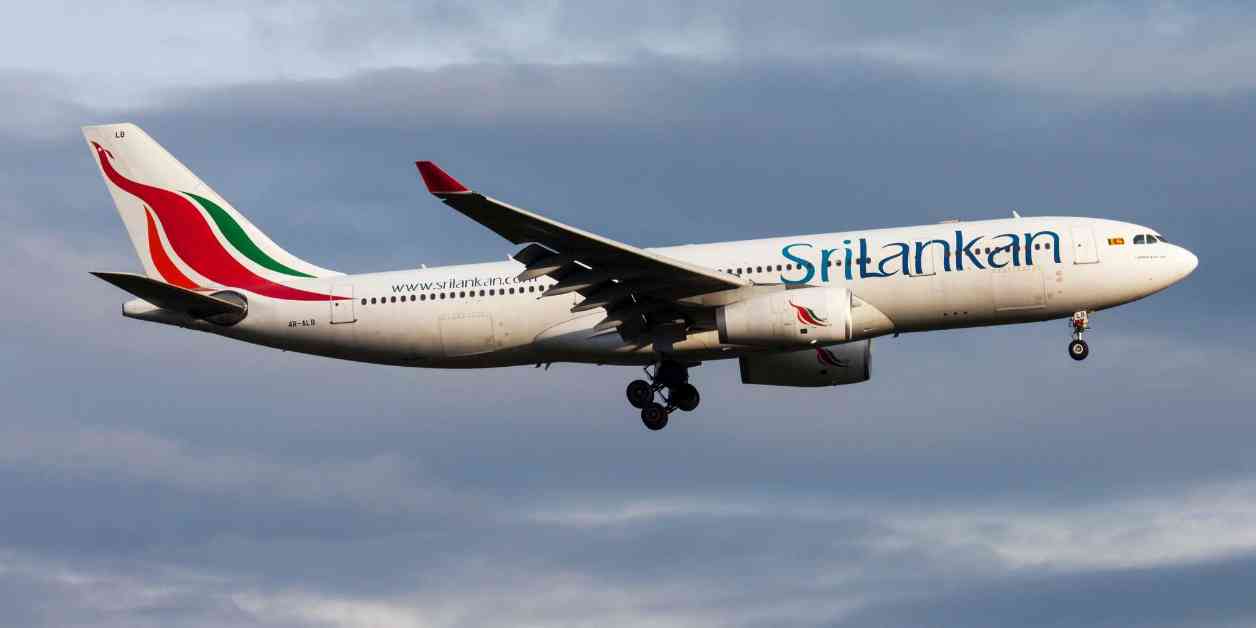A pilot from Sri Lankan Airlines locked the first officer out of the cockpit during a flight from Sydney to Colombo. The man is now grounded for the time being. Many European airlines introduced a guideline in 2015 after the Germanwings Flight 4U9525 tragedy, which had been a standard practice in the USA for a long time: the Two-Person Rule requires that at least two people must be in the cockpit at all times.
Just two years after its introduction, the Two-Person Rule was abolished in Europe due to concerns that more frequent opening of the cockpit door and an expanded circle of people could increase the risk of unauthorized access. However, many airlines around the world, including Sri Lankan Airlines, continue to adhere to this practice.
Conflict escalates
During flight UL607 from Sydney to Colombo on September 21st, a major incident occurred in the cockpit: according to local media reports, the pilot and the first officer got into an argument during the flight. The situation escalated to the point where the pilot locked the colleague out of the Airbus A330 cockpit (registration 4R-ALR).
The cause of the dispute was apparently that the first officer wanted to take a bathroom break without arranging for a replacement by another crew member, as reported by the news agency AFP citing insiders. When the co-pilot was outside the cockpit, the captain locked the door and refused to let her back in.
Pilot suspended
Only a purser was able to defuse the situation and the first officer was able to return to the cockpit. After landing in Colombo, the co-pilot filed a complaint, which has now been forwarded to the country’s Civil Aviation Authority (CAA). The airline confirmed the incident to local media.
The airline stated that they are working closely with the authorities. Sri Lankan emphasizes that safety and compliance with all regulations are top priorities. The pilot remains suspended from duty until the investigation is completed.
In light of this incident, it is crucial for airlines to ensure proper communication and conflict resolution strategies among cockpit crew members to prevent such situations from escalating. The importance of adhering to safety protocols and regulations, as well as promoting a culture of open communication within the cockpit, cannot be overstated in maintaining a secure and efficient flying environment for passengers and crew members alike.

















